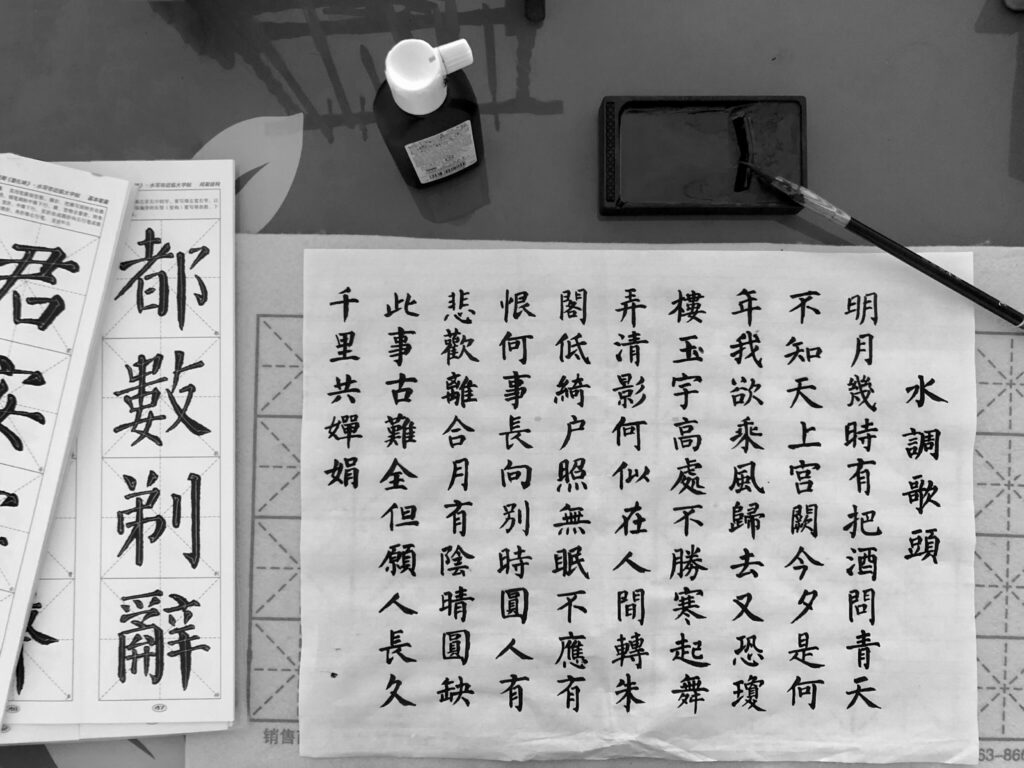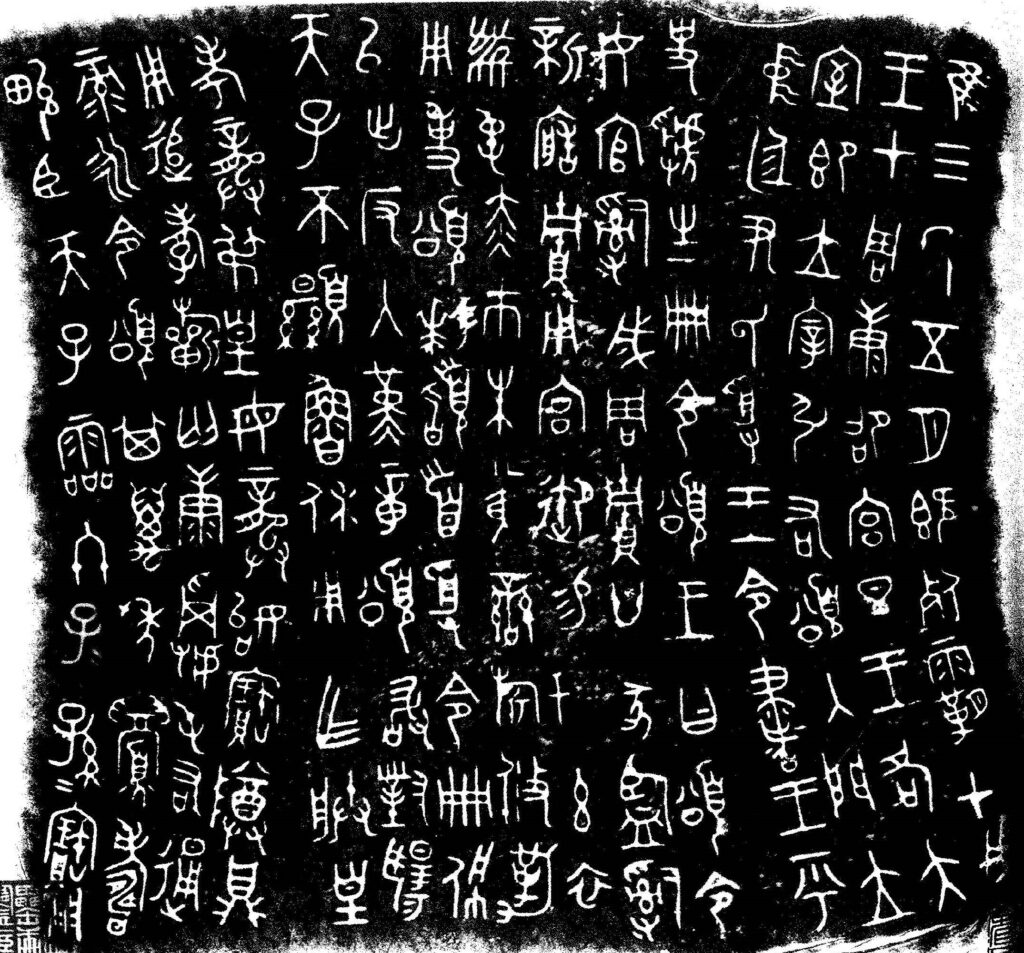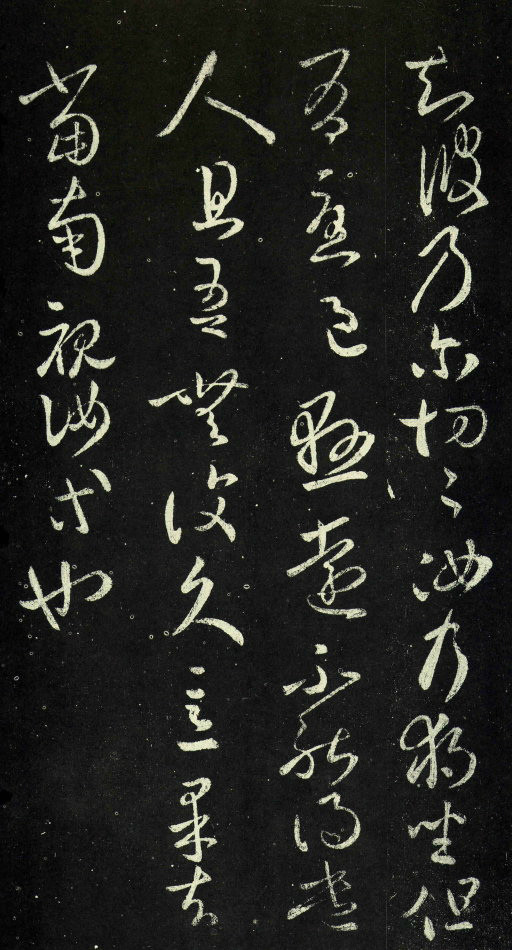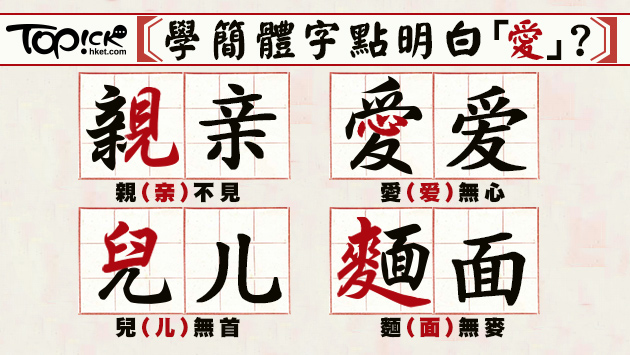Chinese Learning: In-depth Analysis of the Differences and History of Simplified and Traditional Chinese Characters

Outline
As a Hong Kong native, I was raised with Traditional Chinese characters, but due to the frequent interactions between Hong Kong and mainland China, I also gained proficiency in Simplified Chinese. For non-native speakers, especially those whose first language is English, the existence of two major writing systems – Simplified and Traditional Chinese – can be intriguing and often confusing. These dual writing systems are less common in world languages (Japanese is another example of a dual script system).
The difference between Simplified and Traditional Chinese is more than superficial; they are deeply rooted in the cultural and historical structure of the Chinese-speaking world. To the untrained eye, they might just seem like minor variations in strokes and shapes. However, a closer look reveals two systems with distinct histories, spheres of use, and even political implications.
In this article, we’ll cover the origins, development, and main differences between Simplified and Traditional Chinese. I will also share my experiences learning and teaching in Hong Kong to advise on how one should choose the script to learn.
1. Introduction︰Understanding Simplified and Traditional Chinese Characters
Before we delve into the history and differences between Simplified and Traditional Chinese characters, let’s first define these two writing systems. Simplified and Traditional Chinese are both primary forms of Chinese characters, but they differ in structure, stroke count, and in some cases, semantics.
1.1 Traditional Chinese

Traditional Chinese, also known as Full-form Characters or Orthodox Characters, has been the system of written Chinese for a long time. This form of writing is intricate and precise, involving a rich array of strokes and complex structures. The shapes and structures of Traditional Chinese characters often reflect the original meanings and semantic evolution of the words. Its roots can be traced back to ancient China’s Oracle Bone Script and Bronze Inscriptions, which evolved through Seal Script and Clerical Script, to the Inscriptions on Steles and Regular Script that form the Traditional Chinese characters we recognize today.
1.2 Simplified Chinese
In contrast, Simplified Chinese emerged from the script simplification movement in mainland China during the 20th century. The primary purpose of this form of writing was to reduce the number of strokes and simplify the structure of characters for easier writing and learning. Simplified Chinese is widely used in mainland China, Singapore, and Malaysia among other places.
It’s worth noting that, although Simplified and Traditional Chinese differ in visual presentation and writing style, they are intercommunicable in linguistic expression, and in most cases, can be understood by all Chinese-speaking communities. However, due to structural differences, some specific characters may have different semantics or usage between these two systems.
2. The Origin and Development of Traditional Chinese Characters
In the ongoing quest to understand the Chinese language, it’s crucial to delve into the historical progression of Traditional Chinese characters. Although the term “Traditional” might suggest that these characters have remained unchanged throughout history, Chinese script has in fact experienced numerous transformations over the millennia.
2.1 transformations of Traditional Chinese Characters
The evolution of Chinese script is punctuated by several significant transformations, often coinciding with changes in dynastic rule or societal developments. The earliest known form of Chinese writing, Oracle Bone Script, originated during the Shang Dynasty (c. 1600–1046 BC). This script, found inscribed on animal bones and turtle shells used in divination practices, laid the foundation for later developments in Chinese script.

Following the Oracle Bone Script, the Zhou Dynasty (1046–256 BC) saw the use of Bronze Inscriptions or Jinwen. The evolution continued with the Seal Script (Zhuanshu) during the Qin Dynasty (221–206 BC), which was then standardized to form the basis of modern Chinese characters. The evolution didn’t stop there; during the Han Dynasty, the Clerical Script (Lishu) emerged, followed by the Regular Script (Kaishu), which is the direct precursor of modern Traditional Chinese characters.
The form of Traditional Chinese characters we use today is largely based on the Regular Script that was popularized during the Tang Dynasty (618–907 AD). This script was further refined during the Song Dynasty (960–1279), resulting in the precise and intricate characters that we recognize as Traditional Chinese today.
2.2 Mixed use of Traditional and Simplified Chinese

However, throughout Chinese history, simplified and complex forms of script often coexisted. For example, even during the Han Dynasty (206 BC – 220 AD), when the formal script known as Kaishu was prevalent . , a simplified cursive style, now known as Caoshu or grass script, was also in use. This script was often employed for informal writing or personal notes, demonstrating an early example of simplified characters coexisting with their more complex counterparts.
The Origin and Development of Simplified Chinese Characters
The development of Simplified Chinese characters can be traced back to the mid-20th century, a period of significant transformation in mainland China. Shortly after the establishment of the People’s Republic of China in 1949, the government initiated a series of language reforms as part of a broader movement towards modernization and nation-building. One of the most notable outcomes of these reforms was the creation of Simplified Chinese characters.

The creation process of Simplified Chinese characters was systematic and methodical. It involved several strategies, including reducing the number of strokes in a character, simplifying complex stroke forms, replacing parts of characters with simpler alternatives, and in some instances, adopting a simplified variant that was already in informal use. If you’re interested, you can refer to the Wikipedia page to understand more about this history.
The scope of this simplification was considerable, affecting several thousand characters. The first official round of simplification, introduced in the 1950s and 1960s, targeted around 2,200 characters. (This also implies that the authorities once pushed for a second round of simplification, but the second simplified characters did not succeed. Interested readers can also refer to the Wikipedia page on second simplified characters.) Additionally, many characters were indirectly simplified through the simplification of their components, creating a ripple effect that extended the impact of these reforms.

However, it’s important to note that not all characters were simplified. For instance, the word “餐厅” (restaurant), the character “餐” remains in its original, non-simplified form. You can refer to the Wikimedia project “Simplified Chinese Character Scheme” to compare simplified and traditional character forms.
3. The Main Differences Between Simplified and Traditional Chinese Characters
Understanding the differences between Simplified and Traditional Chinese characters provides an enhanced comprehension of their unique features, the scope of their use, and their impact on learners.
3.1 Differences in Character Forms
The most evident difference between Simplified and Traditional Chinese characters is in their forms. As the name suggests, Simplified characters have been streamlined to reduce the number of strokes and complexity, making them easier and faster to write. For instance, the Traditional character “龍” (meaning “dragon”) is written as “龙” in Simplified Chinese. However, such simplification can make it difficult for learners to trace the semantics of the characters. A common criticism is that the character “愛” (love) originally included “心” (heart), “親” (relatives), and “見” (see), but these components were simplified in the Simplified character(爱、亲), losing the original meaning of the character.

3.2 Differences in Usage Scope
The second major difference lies in their scope of use. Simplified Chinese characters are primarily used in mainland China and Singapore, while Traditional Chinese characters are used in Taiwan, Hong Kong, and Macau. The usage in overseas Chinese communities also varies, usually influenced by the region from which their ancestors migrated. For instance, although Hong Kong traditionally uses Traditional characters, Simplified characters also appear in Hong Kong communities due to immigrants from mainland China.

李丹蕾. (2018, December 17). 東鐵線現簡體字廣告 撒隆巴斯:馬上收回. 香港01. https://www.hk01.com/18%E5%8D%80%E6%96%B0%E8%81%9E/272052/%E6%9D%B1%E9%90%B5%E7%B7%9A%E7%8F%BE%E7%B0%A1%E9%AB%94%E5%AD%97%E5%BB%A3%E5%91%8A-%E6%92%92%E9%9A%86%E5%B7%B4%E6%96%AF-%E9%A6%AC%E4%B8%8A%E6%94%B6%E5%9B%9E
3.3 The Impact on Learners
From a learning perspective, choosing between Simplified and Traditional characters can have significant implications. Beginners might find Simplified characters easier and quicker to master due to their reduced stroke count and complexity. However, learning Traditional characters can provide a deeper understanding of the etymology and cultural context of the Chinese language, as many Chinese idioms, historical texts, and cultural references are based on Traditional characters.
It’s worth noting that learning one set of characters can aid in understanding the other to some extent. Although Simplified and Traditional characters differ, many characters are identical, and there are often systematic patterns in the simplifications. Therefore, learners familiar with one system can usually recognize some characters in the other. For instance, in Hong Kong, most people can read and understand both languages without barriers. When I was a student, for subjects requiring long argumentative essays such as Chinese History, I would use Simplified characters to save time. In Hong Kong’s education system, it’s generally advocated to learn Traditional characters first and then use them to learn Simplified characters. Of course, as I mentioned earlier, due to the increasing number of new immigrants from mainland China moving to Hong Kong, their students do the opposite, using Simplified to learn Traditional. Since the Hong Kong Diploma of Secondary Education (DSE) does not restrict the mixed use of Simplified and Traditional characters, Hong Kong students can actually avoid writing Traditional characters altogether.
4. Choosing to Learn Simplified or Traditional Chinese Characters
Choosing to Learn Simplified or Traditional Chinese Characters Deciding whether to learn Simplified or Traditional Chinese characters is a crucial step for learners embarking on their journey to master the Chinese language. This choice is largely influenced by various factors, including the learner’s regional interests and their specific learning goals.
4.1 Considerations Based on Region
The geographical area where you plan to use your Chinese skills can greatly influence your decision. As mentioned earlier, if you are interested in mainland China or Singapore, where Simplified characters are prevalent, then learning Simplified Chinese would be more beneficial. On the other hand, if your focus is on Taiwan, Hong Kong, or Macau, where Traditional characters are typically used, then learning Traditional Chinese would be more advantageous. However, as illustrated by my experience living in Hong Kong, some regions may use a mix of both systems. Therefore, it’s important to first understand the current language habits of the area before making a decision.
4.2 Considerations Based on Learning Goals
Your learning objectives also play a crucial role in this decision.
- If your goal is to quickly gain a functional understanding of written Chinese, then Simplified characters, with their reduced stroke count and less complex forms, might be the more efficient choice.
- If you are interested in exploring the richness of Chinese history, literature, and culture, which are deeply rooted in Traditional characters, then learning Traditional Chinese might be more rewarding. Also, if you’re interested in linguistic studies or etymology, Traditional Chinese can provide more insights due to its closer connection to ancient Chinese scripts.
- If your focus is on modern Chinese, such as contemporary Chinese literature or popular online culture (including TikTok and others), then you should choose to learn Simplified Chinese. Mo Yan, the recipient of the 2012 Nobel Prize in Literature, also creates his works in Simplified Chinese. Lastly, some people may learn Chinese for work-related purposes.
- If your business partners are from China, Simplified Chinese, being the standard in mainland China, would have a larger influence during business communication.
4.3 Considerations Based on Different Examination Systems
If your learning objective is to prepare for a specific language proficiency exam, then you should select the character system that corresponds to that exam. For example, if you plan to take the Hànyǔ Shuǐpíng Kǎoshì (HSK) administered by mainland China, then learning Simplified Chinese would be more appropriate as the exam uses Simplified characters.
Alternatively, if you plan to take the Test of Chinese as a Foreign Language (TOCFL) administered by Taiwan, then you should learn Traditional Chinese as the exam uses Traditional characters.
Conclusion
Looking forward, the development of Simplified and Traditional Chinese characters is expected to continue in tandem with societal changes. With the rise of digital technology and the internet, new trends and practices in the use of Chinese characters are emerging. For instance, the mixed usage of Simplified and Traditional characters in digital communication is becoming more common, particularly among younger generations.
Moreover, advancements in machine learning and artificial intelligence are making it easier to learn, translate, and transcribe both Simplified and Traditional characters. These technological developments are likely to further facilitate the mutual understanding and interchange between the two systems. In conclusion, whether one chooses to learn Simplified or Traditional Chinese characters, or even both, it’s essential to appreciate their unique characteristics, their scope of use, and the cultural and historical contexts they represent.
After all, learning a language is not just about acquiring a new form of communication, but also about gaining insights into a different way of life and thinking.

0 Comments